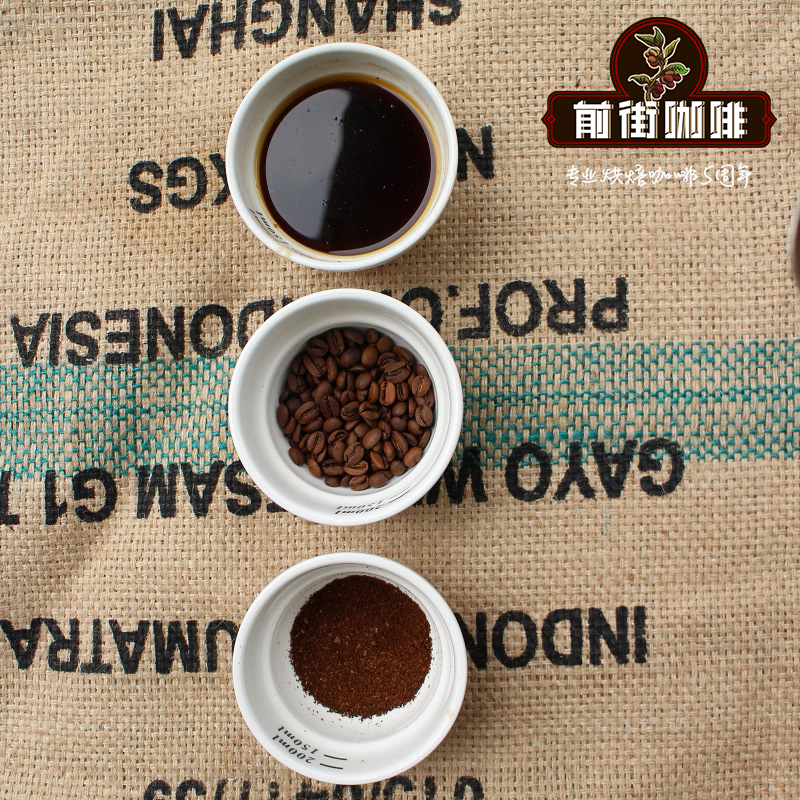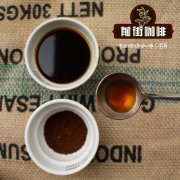Does Yunnan small grain coffee Tiebika taste good? Relationship between altitude and Flavor of Tibika Coffee beans

Professional coffee knowledge exchange More coffee bean information Please pay attention to coffee workshop (Weixin Official Accounts cafe_style)
Coffea yunnanensis
Yunnan arabica coffee, rubiaceae, coffee, planting area is mainly distributed in Lincang, Baoshan, Simao, Xishuangbanna, Dehong and other prefectures. Arabica coffee is native to Ethiopia or the Arabian Peninsula.
main producing areas
Arabica coffee suitable for growth in the mountains 800--1800 meters above sea level, if the altitude is too high, sour taste, too low taste bitter. Arabica coffee is mostly planted in dry and hot valleys at an altitude of about 1100 meters, so the acidity is moderate, the aroma is rich and mellow. Many areas of Yunnan Province have unique environments suitable for the growth of Arabica coffee, and the Arabica coffee produced is of excellent quality.
Planting areas are mainly distributed in Lincang, Baoshan, Simao, Xishuangbanna, Dehong and other prefectures. Baoshan has an average temperature of 21.5℃ and a maximum temperature of 40.4℃. There is basically no frost all year round. It is recognized as the best producing area of Arabica coffee. The Arabica coffee cultivated here is famous for its strong but not bitter, fragrant but not strong, well-proportioned grain facets, mellow fragrance and fruity flavor. The International Coffee Organization's tasting experts rated Yunnan coffee as Colombia's wet-processed Arabica coffee, the highest quality coffee in the world.
varieties
Typica: The oldest native variety of Ethiopia, produced in Ethiopia and southeastern Sudan, from which all Arabica is derived. Elegant flavor, but weak constitution, poor disease resistance, fruit yield less. Jamaica Blue Mountain, Sumatra Mantning, Hawaii Kona and other excellent estate beans belong to Tibika. The top leaf of tibeka is red copper color, called red top coffee, tibeka belongs to arabica.
Catimor: In 1959, the Portugal interbred Brazilian cadura with Timor to breed a disease-resistant catimor/catimo, which is currently an important commercial bean variety.
growth period
Coffea arabica 3- 4 year old fruiting trees.
Coffee is a short-day plant. Coffee has the characteristics of multiple flowering and concentrated flowering. Coffea arabica flowers from February to July and blooms from March to May in Yunnan. The flowering of coffee is greatly affected by climate, especially rainfall and temperature. Coffee flower life is short, only 2- 3 days. Arabica coffee generally opens at 3- 5 in the morning and blooms at 5- 7.
Coffee fruits take longer to develop. Arabica coffee fruit ripens in 8- 10 months, usually in October-December of the year. Rainfall has a great influence on fruit development, climate conditions directly affect fruit development,
The new leaves at the tips of the branches and leaves above are copper-colored. This is the coffee tree of the tibeka species. Tibica is an older strain of Arabica, known as Hawaiian Kona, Jamaica Blue Mountain, which is actually Tibica coffee bean. It was easy to recognize them among the katim. When you look closely, you will see that each species has its own appearance. The leaves of Katim are all hanging down, and the tree looks like it is wearing a cloak. Tibika, on the other hand, has branches upward and new leaves with copper tops growing at the top of the tree.
Along the way, most of Yunnan is now planted with Katim, this variety is a hybrid of Kadura and Robusta, the Bourbon branch of Arabica species. The reason for planting this variety is that Katim has Robusta gene, so it is more resistant to disease than single old varieties conveniently, and the yield is also good. Compared with delicate old varieties, the disease resistance is poor and the yield is low. Farmers naturally prefer to plant Katim, so now Yunnan has set off a wave of Katim wind.
(Tibica Coffee Bean)
Katim beans are round and thick, tibika is thin and long, and the central line of katim is messy. Under the same conditions, tibika is better than katim in quality and higher in price.
Baking Degree: Medium Deep Baking
Dried incense: roasted peanut, hazelnut, melon, chocolate-like
Wet aroma: oolong tea (rose-tea), caramel (caramel), honey (honey), black-chocolate (black-chocolate), almond skins (almond skins), silky mouthfeel (silky mouthfeel), brightness (brightness),
Taste: Sweet, light bitter, mellow balanced feeling, rich layers, aftertaste dark chocolate, honey, sugar taste obvious, there is a sticky feeling, completely cooled, thick oolong tea aroma, touch with your fingers, unexpectedly have burnt syrup sticky feeling.
Recommended cooking method: hand brewing
Abrasion: 4 (Fuji R440)
Water temperature: 88°C
Other suggestions for trickle-filtration extraction:
Normal pressure, recommended abrasiveness of 3.5-4/water temperature 90°C
Aile pressure, recommended 2.5 grind, water temperature 88°C
Siphon pot: 3.5 grind
Important Notice :
前街咖啡 FrontStreet Coffee has moved to new addredd:
FrontStreet Coffee Address: 315,Donghua East Road,GuangZhou
Tel:020 38364473
- Prev

Which brand of iron pickup coffee beans is good? Tibica coffee beans how to pronounce Typica in English?
Professional coffee knowledge exchange more information on coffee beans Please follow the coffee workshop (Wechat official account cafe_style) Coffee has at least 500 genera of Rubiaceae, which is an evergreen shrub. There are dozens of varieties in the genus Coffee; but most of them have no economic value, only three species have economic value, but these three varieties are Allah.
- Next

How to read Typica 2018 Tibica coffee beans how much is the price of Tibica coffee beans
Professional coffee knowledge exchange more coffee bean information please pay attention to the coffee workshop (Wechat official account cafe_style) coffee varieties in which Arabica and Robusta are widely drunk, its temperature, humidity, sunshine, air and latitude are the biggest factors for the growth of coffee trees, and what coffee trees fear most is that frost-damaged coffee is a kind of madder.
Related
- Detailed explanation of Jadeite planting Land in Panamanian Jadeite Manor introduction to the grading system of Jadeite competitive bidding, Red bid, Green bid and Rose Summer
- Story of Coffee planting in Brenka region of Costa Rica Stonehenge Manor anaerobic heavy honey treatment of flavor mouth
- What's on the barrel of Blue Mountain Coffee beans?
- Can American coffee also pull flowers? How to use hot American style to pull out a good-looking pattern?
- Can you make a cold extract with coffee beans? What is the right proportion for cold-extracted coffee formula?
- Indonesian PWN Gold Mandrine Coffee Origin Features Flavor How to Chong? Mandolin coffee is American.
- A brief introduction to the flavor characteristics of Brazilian yellow bourbon coffee beans
- What is the effect of different water quality on the flavor of cold-extracted coffee? What kind of water is best for brewing coffee?
- Why do you think of Rose Summer whenever you mention Panamanian coffee?
- Introduction to the characteristics of authentic blue mountain coffee bean producing areas? What is the CIB Coffee Authority in Jamaica?

